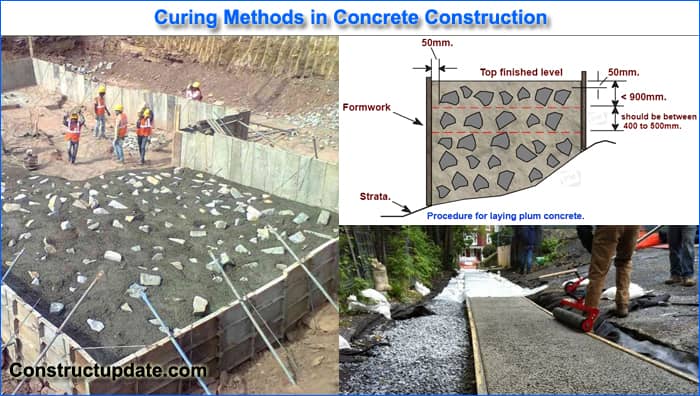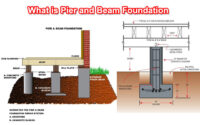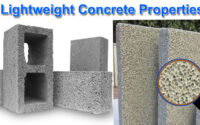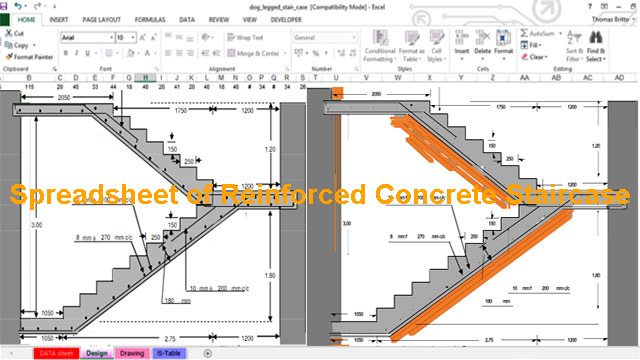Plum Concrete Properties | Plum Concrete Uses | Plum Concrete Specifications
What is Plum Concrete?
Plum concrete is created by adding medium to large stones as filler that range in size from 300mm and higher. To prevent using too much cement without sacrificing strength, it is used to enhance the apparent yield of concrete for a given amount of cement.
Plums are the term for the huge stones utilised. These plums go into the production of mass-produced concrete. The volume of plums, however, shouldn’t be more than 30% to 40% of the overall volume of the completed concrete. Rubble concrete or Cyclopean concrete are other names for plum concrete. The Plum shouldn’t be any bigger than the cross-section of the concrete mixer or one-third of it.
What Separates Plum Concrete from Plain Cement Concrete (PCC)
The most basic type of concrete is plain cement concrete. It is made by blending necessary components including cement, fine aggregates, and coarse aggregates. As opposed to plum concrete, which uses medium to big stones as filler material instead of aggregates.
Hence, the inclusion of the huge stones in the concrete mix is the only distinction between plum concrete and regular cement concrete. It functions as a filler, lowering the need for less expensive small-size aggregates. As a result, it assists in lowering the price of concrete.

Plum (Aggregate) Properties
The plum that is used to create plum concrete must meet ASTM requirements. The qualities that are desired are:
- Natural stone or boulders, such as plums, range in size from 150 mm to 300 mm or more. The project, the availability of resources, and engineering choices all influence the size choice.
- Stones with an angle to them are best for making plum concrete.
- Oil, grime, and other potentially dangerous substances that could interfere with the plum’s ability to adhere to or connect with concrete should be removed from it.
- It should be of good quality, sound, and durability, and it shouldn’t have any structural flaws or irregularities like segregation, seams, or fractures.
- Moreover, the surface of the plum should not be rounded or worn.
Design Specifications of Plum Concrete
The design specifications for plum concrete are as follows:
- The plum concrete must be Class B concrete because it has huge stones included into it.
- The volume of the plums as a whole must not be more than one-third that of the work’s overall volume where they are positioned. (i.e. 33%)
- The grade chosen for making plum concrete will depend on its intended usage and the necessary levels of strength. However, M20 is the bare minimum advised.
- In some circumstances, the smallest stone or plum dimension is 150mm, whilst the largest size is determined by the size of the structure.
- Each stone must have at least 150mm of concrete surrounding it.
- Steel plates or plywood formwork should be used as the material for the formwork that will be used to pour the plum concrete.
- At least 7 to 14 days should pass before the cure.
Uses of Plum Concrete
There are various uses of plum concrete, which are as follows:
- In circumstances when the surface is uneven, it is typically utilised to level the ground beneath the foundation. With the use of this technique, it is also possible to level the land on a steep slope.
- The plum size is restricted to 150 mm, and it is typically utilised to build gravity dams and bridges.
- It is a good option for surface bed building since water channels may be constructed on top of it.
- It is typically employed in the construction of railroad crossing bridges and traffic barriers.
- This construction technique is well suited for building machine foundations, which call for large amounts of concrete.





